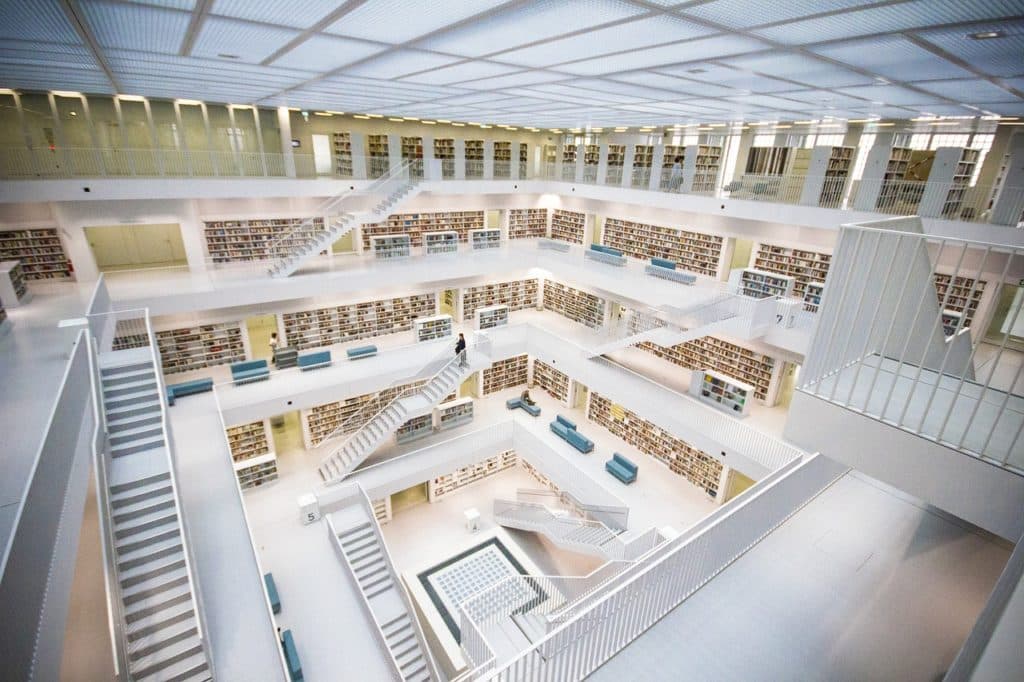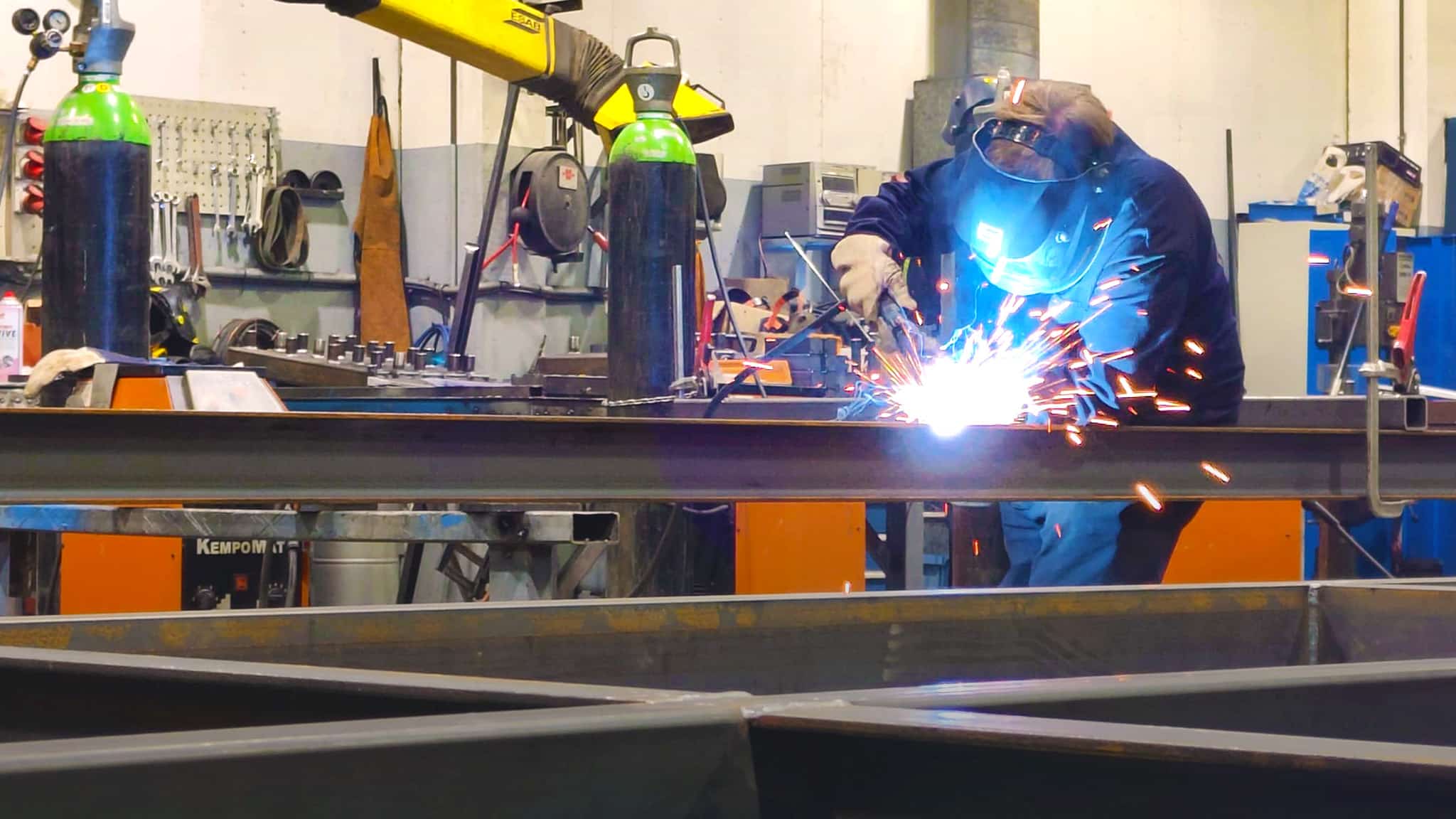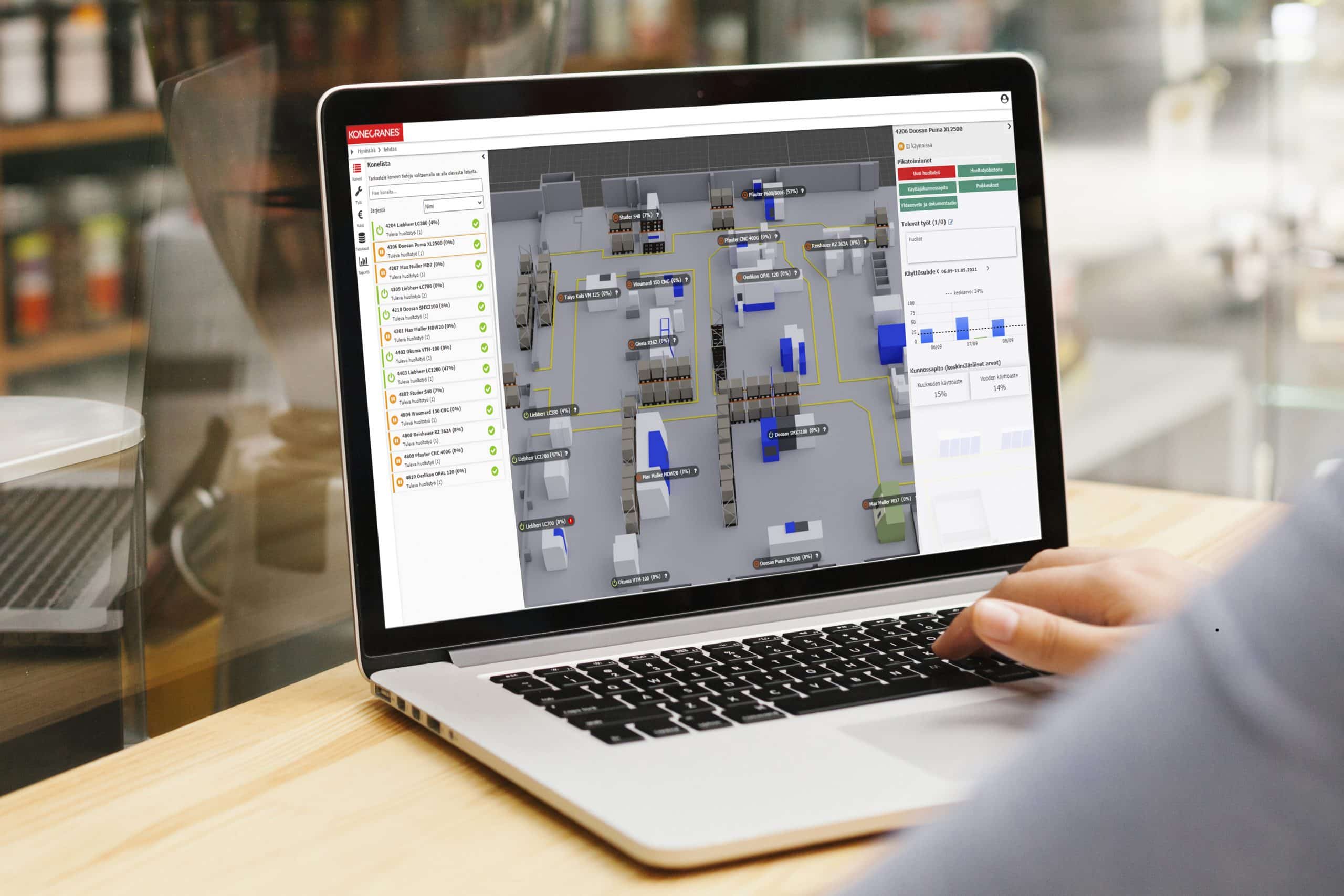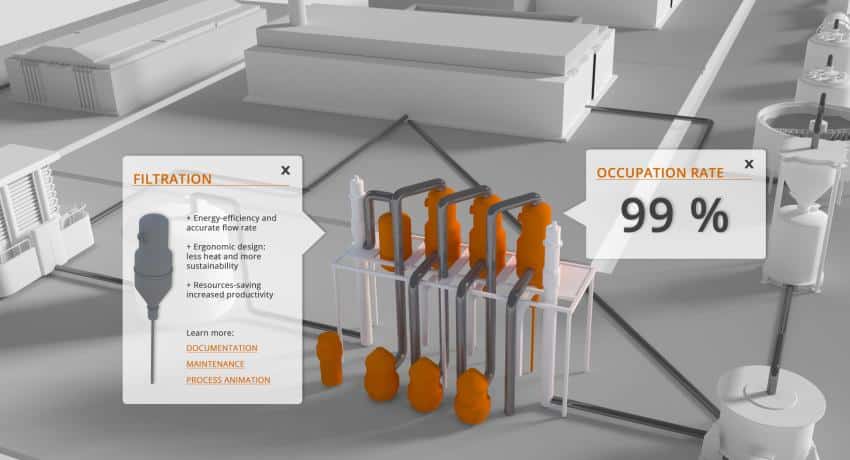The City of Helsinki wants to make IoT data and digital solutions more widely available
Pasila Library is part of the Helsinki Metropolitan Area Libraries (HelMet) network of public libraries in the Helsinki metropolitan area. In collaboration with Elisa, Digia and Process Genius, the library implemented a status display to showcase the data collected from the library to library’s customers and staff. Process Genius implemented the screen interface and visualized the information for different target groups.

The status display developed for Pasila Library was implemented as a pilot project, the results of which will be used to build a new status display for Helsinki Central Library Oodi. “We wanted to test IoT in general and see what it could be used for in the library world. At first we didn’t know what the end result should be, but our ideas became clearer along the way,” says Petri Tuominen, Project Manager at Pasila Library.
We have received positive feedback from both customers and staff about the new visual way of sharing information. The user interface is perceived as nice and easy to use. We have also received ideas on what additional data could be added to the screen.
Status display visualizes information
Work on the definition of the status display started in May 2017. “We listed the things we could collect data on and thought about what would be useful for our customers and staff. We tested different combinations and visualized the reports. In the end, we ended up with what’s on the screens now”, says Tuominen. Customers are shown information on the status of computer bookings, the number of visitors and sorts, opening hours, events and local weather. “We wanted a clear set of information for customers to use, focused on guiding them,” says Tuominen.
Staff will also have access to sensor data on things like library temperatures and carbon dioxide levels in the air. During the pilot, the data has been analyzed and combined to find correlations. For example, visitor numbers have been combined with local weather data and the relationship between the two has been investigated. “We now know that our library has fewer customers on rainy days than on sunny days,” says Tuominen.
IoT creates insights
By collecting data over a longer period of time, we can compare the variation in volumes on an annual basis and make analyzes based on that. For example, we can predict customer flows and thus gain benefits in work-shift planning.
It has been useful for customers to find a free client computer based on the screen. It has been interesting for the staff to monitor the temperature and sorting volumes in the sorting room. Caretakers also benefit from the data, for example during closing times. “They can use the sensor data to see if the premises are empty instead of walking around the library,” Tuominen says.
The pilot was due to end in January 2018, but it was decided to continue. “We still want to explore the environment and get more out of the data. The pilot has brought a lot of ideas for designing displays and structuring information. However, more research is needed on how to combine different data to find new connections between things. This will lead to insights that will help us to improve the way we develop status displays further” says Tuominen.
IoT data and digital solutions for wider use
The City of Helsinki’s Culture and Leisure Department has started to coordinate an IoT group, which includes representatives from different parts of the City of Helsinki. The aim is to strengthen cooperation and make better use of digital information also between different city departments. “We are trying to find new ways to use digital services and intuitive information sharing not only in the Oodi Central Library but also in other city services. Cooperation between the various parties involved opens up entirely new possibilities for this” says Tuominen and continues, “It would be great if all the IoT data of the City of Helsinki were also made available to the citizens and they could also come up with uses for the data.”
Other customer stories
Pekotek: White Labeling allows Pekotek’s end customers to benefit from cost savings and predictive maintenance capabilities provided by the 3D Digital Twin
Taking day-to-day management processes to a new level – Konecranes Smart Factory
Working together to develop service business – Flowrox and Process Genius
All the information you need at one glance. One platform.
Want to know more about our solution for your organization? Please drop us a line and we’ll be in touch!


